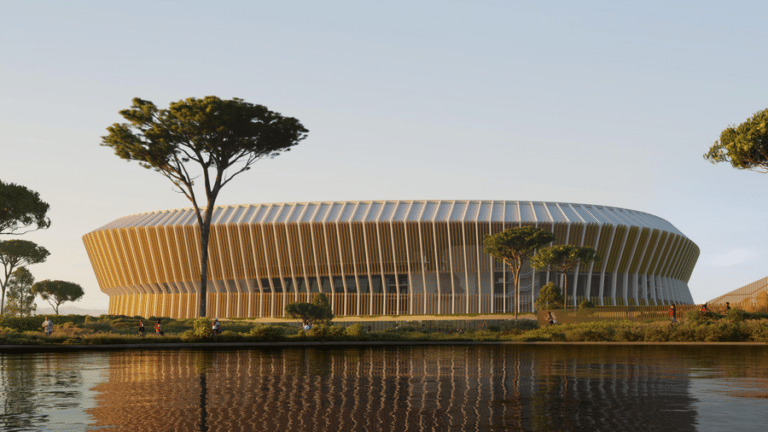Breaking: Roma's Stadium Vision Takes Shape with Imminent Project Unveiling

Roma Football Club is on the brink of a transformative moment in its history, poised to advance the ambitious Pietralata stadium project. The club is set to unveil its comprehensive final design, which was originally anticipated by April 21st but is now expected to be submitted in the imminent days.
This milestone represents a significant leap forward for the team, signaling their commitment to creating a modern, state-of-the-art home that will not only serve the club's competitive needs but also become a landmark in Rome's sporting infrastructure. The Pietralata stadium project promises to be more than just a venue—it's a vision of Roma's future, blending architectural innovation with the club's rich sporting heritage.
While official details remain closely guarded, the impending submission of the final project suggests that Roma is moving decisively to transform their stadium dream into a tangible reality. Fans and city officials alike are eagerly awaiting the reveal of what could be a game-changing development for both the club and the urban landscape of Rome.
